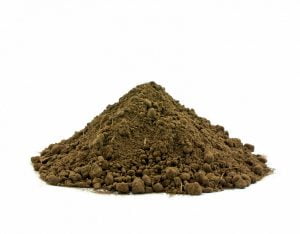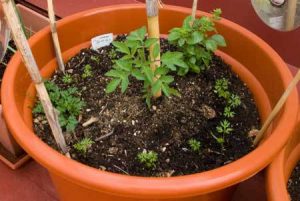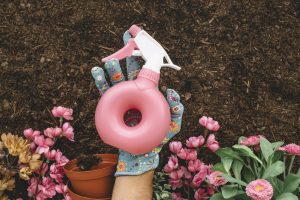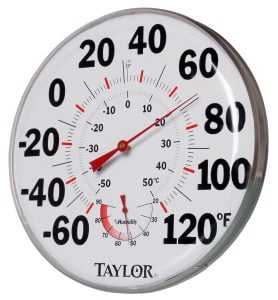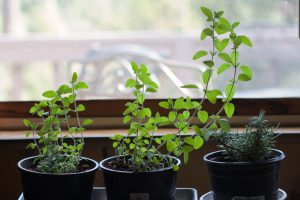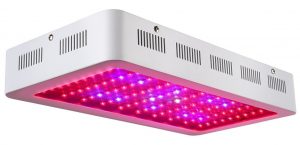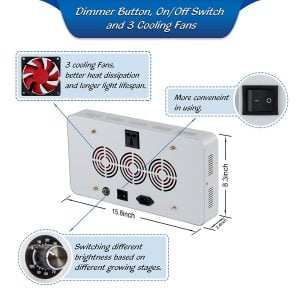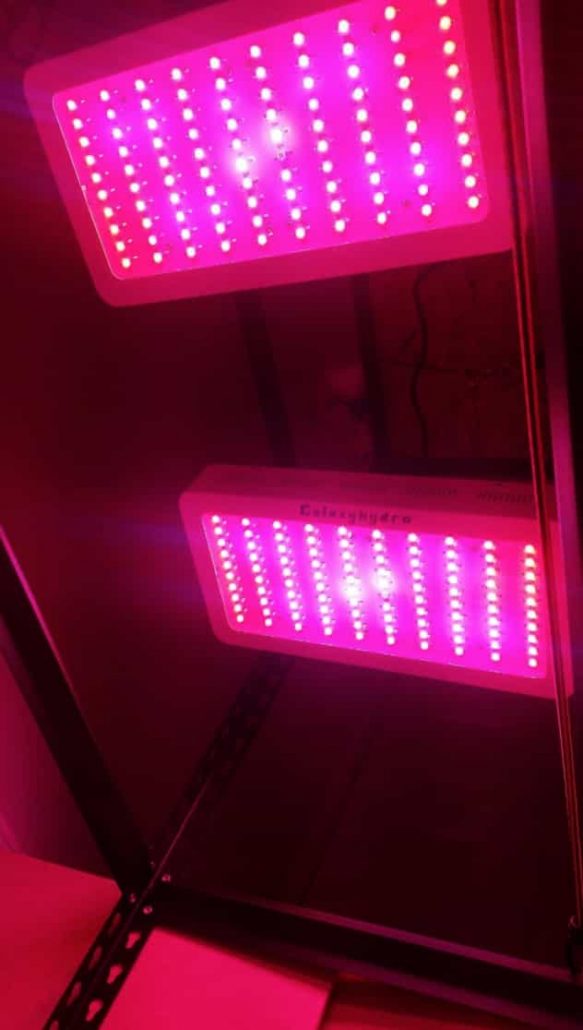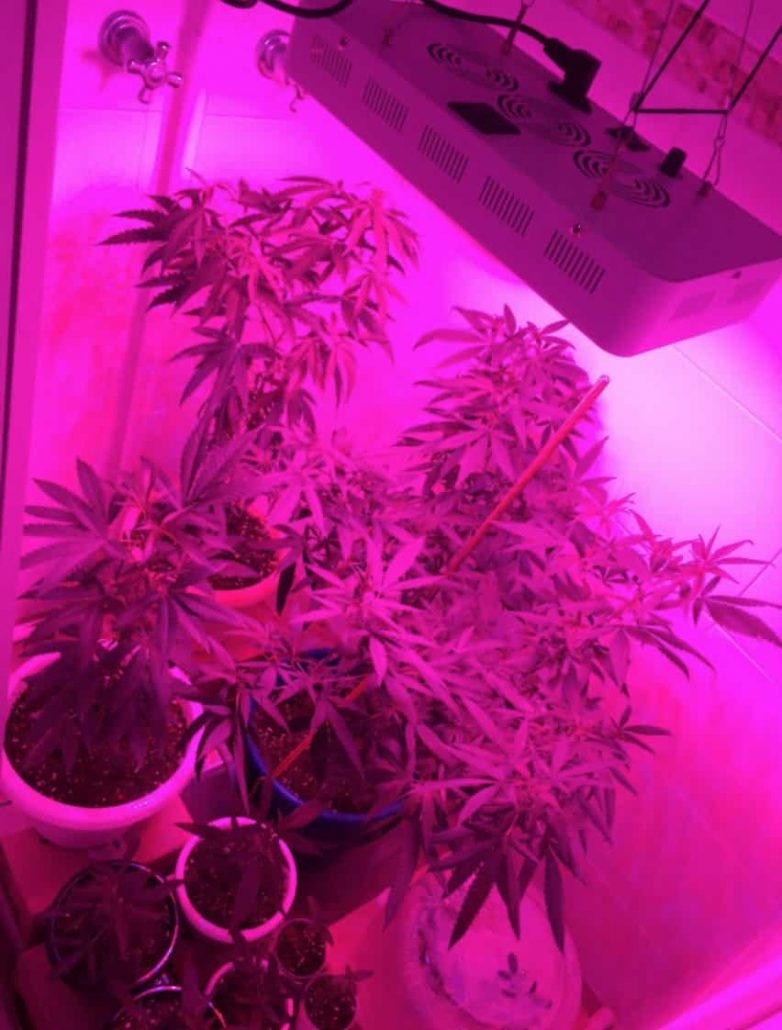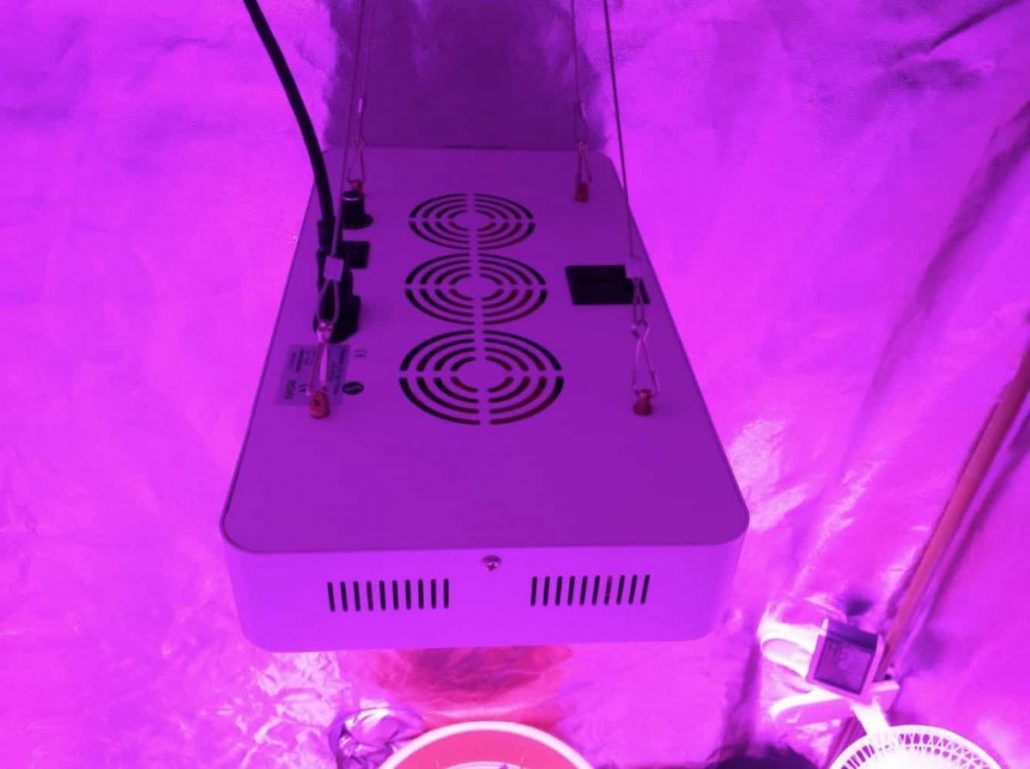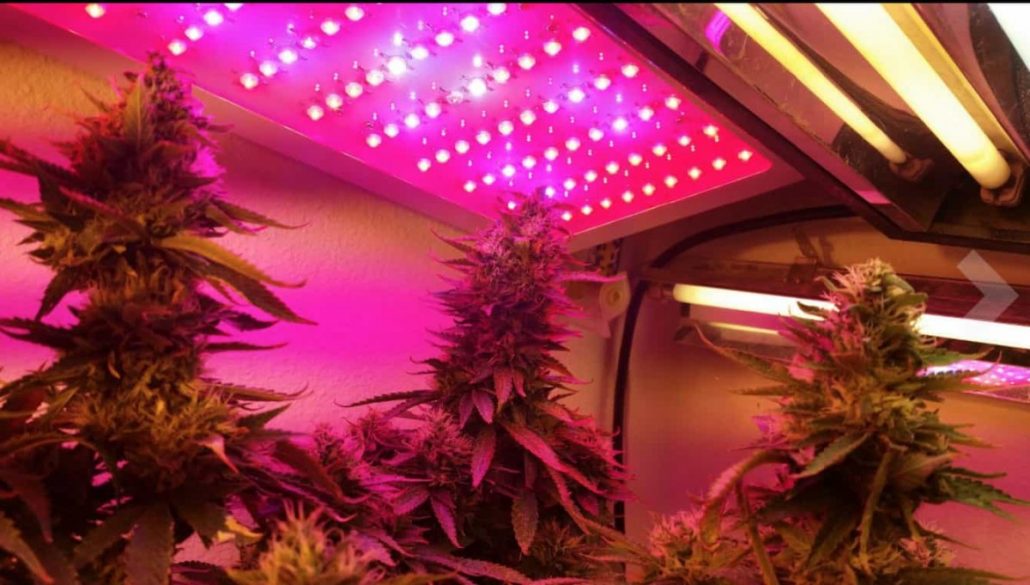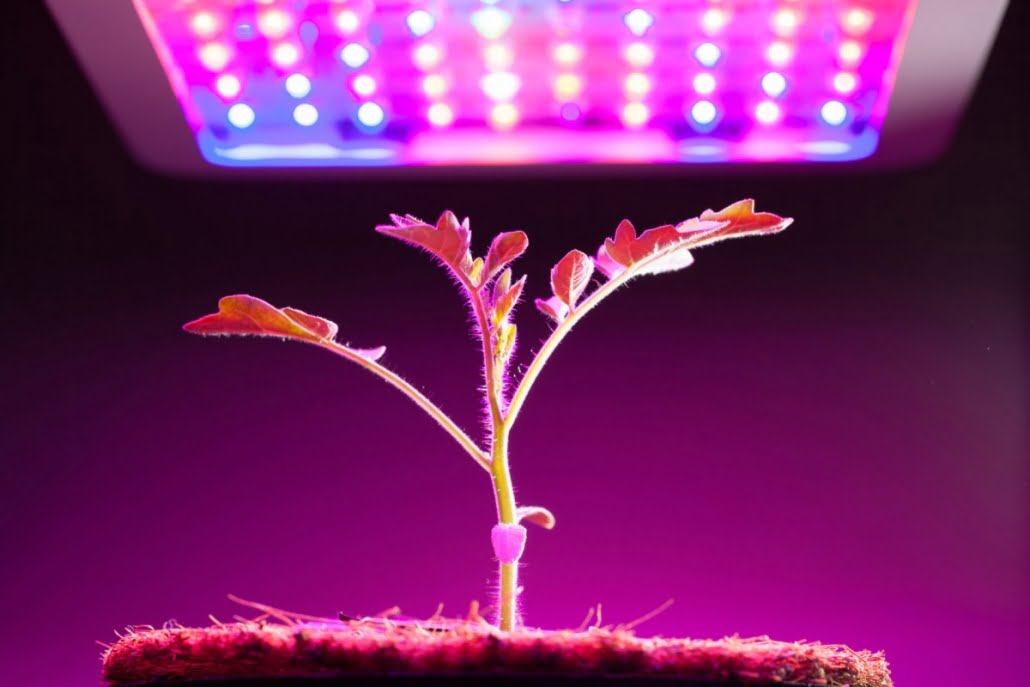 From personal experience I’ve come to find out that it is almost impossible to grow florae in unsuitable environments. Plants may object to overly cold temperatures or too much dampness. Yet, experienced horticulturalists have the capability of growing seedlings despite these conditions.
From personal experience I’ve come to find out that it is almost impossible to grow florae in unsuitable environments. Plants may object to overly cold temperatures or too much dampness. Yet, experienced horticulturalists have the capability of growing seedlings despite these conditions.
They do it by using LED grow lights to imitate the sunlight that enables photosynthesis to take place. Choosing a grow light is a challenge. You have to decide on spectrum, PAR, and penetration. There are so many available on the market today.
Because of this, I decided to list my top 5 favorite LED Grow Lights, that I have personally used and invested money in that brought excellent results in my indoor gardening endeavors. These are not listed in any particular order as that was so tough to do, but what I did was narrowed it down to the top 5 in my personal opinion.
I didn’t add it to this list, but there is a 6th favorite grow light of mine which was worthy of a detailed review of it’s own, and that is the Galaxyhydro 300w LED Grow Light. Without further a do, here are the Top 5 LED Grow Lights of 2018.
GoGrow’s V3 Master Grower LED Grow Light
 GoGrow is one of the market’s most trusted suppliers of LED growing systems. They pride themselves on the durability of their grow lights and are conscious of the expense in using these lights over time.
GoGrow is one of the market’s most trusted suppliers of LED growing systems. They pride themselves on the durability of their grow lights and are conscious of the expense in using these lights over time.
A grow light will operate for approximately eleven hours each day, and if the unit outputs are high, the cost of electricity will increase significantly. This is no longer an issue with their V3. GoGrow uses red LED lights as opposed to the blue variety. The latter consume 50% more power and actually yield poor results.
The V3 is made specifically for home-growing vegetables and flowers. It provides 12 spectrums and a high PAR penetration. If you are a new horticulturalist, you are probably wondering what that all means. People and plants respond differently to light.
If you’re a human, you will be more sensitive to green or yellow light than you are to blue or red. Measuring the intensity of light for plants is a littledifferent. Plants are much more efficient when using red and blue light. PAR simply defines the most optimal kinds of light needed to enable photosynthesis.
While it is true that red LED lights promote better growing conditions than their blue counterparts, red lights are also far more expensive. Some go as high as $1200. The GoGrow V3 will cost a little less than half that.
The main reasons I like the Go Grow V3-Master Grower is that it is small enough to fit in a small grow tent while at the same time filling it with abundant lighting. I was impressed with how much light it gives off with only 130 watts with no excess heat dangerous to your plants.
I haven’t had to contact the company for any support but, according to customer reviews the company is very responsive and helpful and that’s always a plus.
The current price and rating is listed below:
King Plus 1000w LED Grow Light
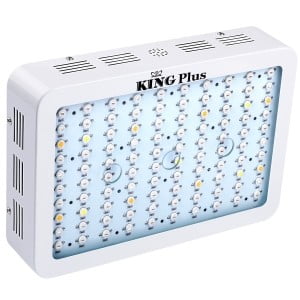 KingLED’s King Plus is a grow light built with 10W double chips, something seasoned growers are raving about including me. Not only does it use less energy, making it more efficient and brighter, but it also provides a full spectrum of light, making it ideal for a wide range of plants and vegetables that can be grown indoors.
KingLED’s King Plus is a grow light built with 10W double chips, something seasoned growers are raving about including me. Not only does it use less energy, making it more efficient and brighter, but it also provides a full spectrum of light, making it ideal for a wide range of plants and vegetables that can be grown indoors.
Most scientists agree that wavelengths from 400 to 700 nanometers are sufficient for plant growth, but a full spectrum has a real effect on their development.
The King Plus 1000w has a shelf life of 100,000 hours and can manage even 12 – 14 hour days. It comes with a timer, so you control precisely when the light is used, and the recommended distance to place it above the saplings is only 2 to 3 feet.
It has a coverage area of approximately 3.4 x 3.8 feet, and KingLED provides a 3-year warranty and a 30 day money back guarantee. This light is less expensive than GoGrow’s line of products, but it does requires a fan which is it’s main downside.
I especially like the control of the light exposure it gives off with the built-in timer. The light is large enough to cover a pretty large area of around 4×4 in square footage. The price was another reason why I liked this grow light. I felt that I got a good bang for my buck.
I noticed a discrepancy in how KingLED has measured their product. They are promoting it as 1000w; however, grow light wattage should not be compared to electrical watts. Electricity won’t help your plants grow, but the amount of light that is emitted by a grow light will so I’m not sure what that’s about.
The current price and rating is listed below:
Mars Hydro 300W LED Grow Light
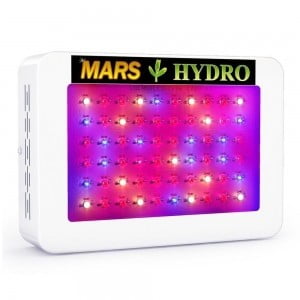 Mars Hydro has created an LED grow light that is getting quite a few positive reviews. Its simulated full spectrum of light operates between 400 and 800 nanometers. This is the measure of the frequency of light in billionths of a meter. Plants can respond to lights in a wider range than humans, so the wider the range, the more conversion of light into photosynthesis.
Mars Hydro has created an LED grow light that is getting quite a few positive reviews. Its simulated full spectrum of light operates between 400 and 800 nanometers. This is the measure of the frequency of light in billionths of a meter. Plants can respond to lights in a wider range than humans, so the wider the range, the more conversion of light into photosynthesis.
It is another energy saver that covers a 2 x 2 foot growing area. It is ideal for hydroponics plants which do not necessarily need soil, like basil, lettuce, and spinach as well as other common fruits and vegetables. It comes with an auto-timer and works well in tents, grow rooms, and other indoor environments.
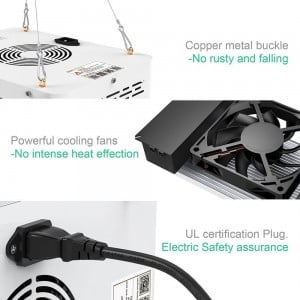 The Mars Hydro grow lamps have the stamp of approval of a nationally recognized testing laboratory and have been tested against ETL standards. That means this product has been tested for safety. It includes a 12-month authentic warranty and a 30-day money back guarantee.
The Mars Hydro grow lamps have the stamp of approval of a nationally recognized testing laboratory and have been tested against ETL standards. That means this product has been tested for safety. It includes a 12-month authentic warranty and a 30-day money back guarantee.
I was skeptical of this grow light the first time I started using it but quickly noticed that is produced quality lighting. This in turn provided fast growth for my plants compared to other lamps that I have used even on this top 5 list.
Unfortunately, the lifespan of this grow light is much shorter than that of equivalent grow lights at 50,000 hours and also it is smaller in size dimensions compared to other models. You may need more than one lamp if you have to cover more than 4×4 square footage of plants.
The current price and rating is listed below:
Apollo Horticulture GL60 Grow Light
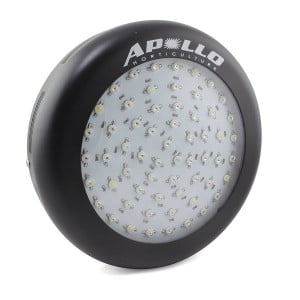 The Apollo GL60 is one of the least expensive LED grow lamps on the market and offers many of the same benefits that more expensive lights do. It has a 5 feet square coverage area and only draws 109 watts of power. This might be due to its 6-band spectrum that ranges from 430 to 730 nanometers, which is not too far off from its competitors.
The Apollo GL60 is one of the least expensive LED grow lamps on the market and offers many of the same benefits that more expensive lights do. It has a 5 feet square coverage area and only draws 109 watts of power. This might be due to its 6-band spectrum that ranges from 430 to 730 nanometers, which is not too far off from its competitors.
It’s appropriate for tents, greenhouses, H2O systems and most hydroponic systems. It includes a quiet cooling fan and weighs less than other systems. Apollo offers a limited 2-year warranty.
I used this on my plants in one of my grow tents and got some pretty good results. I think it is mainly due to the fact that the light is more concentrated on the plant since it is round which is the reason I wanted to test the Apollo.
I also loved the fact that it is so light and easy to hang and mount inside a grow tent. I can’t say that it’s the best grow light from the other 4 of this Top 5 list but it will do the job well especially if you are not able to shell out big money for a grow lamp.
According to some of the customer reviews on Amazon, there are some downsides to the GL60. The grow lamp has a short shelf life of 50,000 hours, and its limited spectrum that might slow plant growth efficiency. It is not suitable for apartments due to its potential as a fire hazard, and there is a tendency for the panels to go out.
The current price and rating is listed below:
Viparspectra Reflector Series 600w LED Grow Light
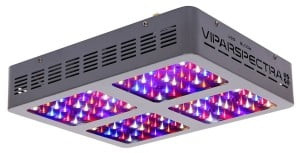 Viparspectra has created a full spectrum grow light that is perfectly suitable to growing plants, vegetables, and flowers indoors. It is a powerful light that is perfect for people who are just cutting their teeth as horticulturalists.
Viparspectra has created a full spectrum grow light that is perfectly suitable to growing plants, vegetables, and flowers indoors. It is a powerful light that is perfect for people who are just cutting their teeth as horticulturalists.
The Reflector Series 600w provides outstanding results within all growth stages, and offers a uniform balance of both the PAR output and its coverage. It conserves power and runs approximately 70% cooler than its predecessors.
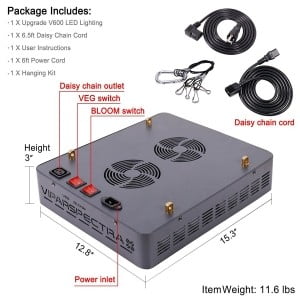 Additionally, this grow light has an impressive lifespan of 100,000 hours. It provides vegetative coverage of 9 square feet and slightly less for flowering coverage. The Viparspectra has a 3-year warranty as well.
Additionally, this grow light has an impressive lifespan of 100,000 hours. It provides vegetative coverage of 9 square feet and slightly less for flowering coverage. The Viparspectra has a 3-year warranty as well.
This growing system weighs much more than the average LED grow light and comes in at almost 10 lbs. Its cooling fans have the reputation for making a lot of noise, running hot, and a few other issues. Apart from these few drawbacks, the Viparspectra did a great job of and my plants knew it and felt it.
I especially loved the fact that one of these lamps covers such a big area of almost 9 square feet. If you want to pay just a little more for one lamp but get almost double the coverage from one lamp, this is the one to go with.
The current price and rating is listed below:
Overall Pick/Final Thoughts
I’ve gone pretty long on this article but there you have it, my top 5 favorite LED grow lights of 2018. If I had to ultimately choose one out of the 5 given the prices, durability, and features of each of the five listed, the GoGrow V3 Master Grower ultimately has the edge.
Other Resources
Read my Top 4 Indoor Gardening Tips for Beginners here…


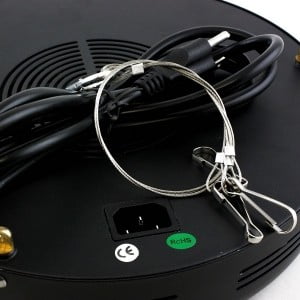
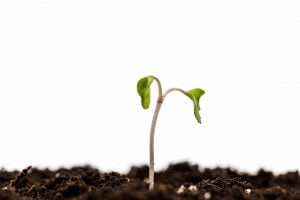 Indoor gardening could mean anything from having a few plants hanging by the windowsill to a full-fledged indoor garden. It really all depends what your end goal is as an indoor gardener. I knew from the beginning that I wanted to concentrate on growing a variety of vegetables.
Indoor gardening could mean anything from having a few plants hanging by the windowsill to a full-fledged indoor garden. It really all depends what your end goal is as an indoor gardener. I knew from the beginning that I wanted to concentrate on growing a variety of vegetables.
